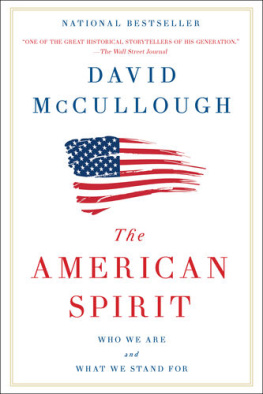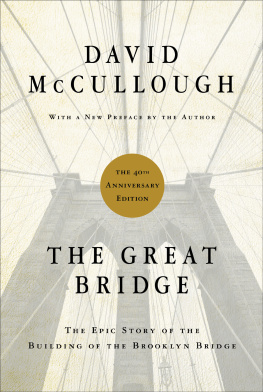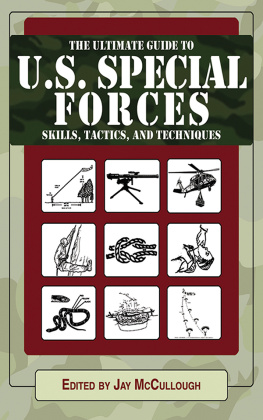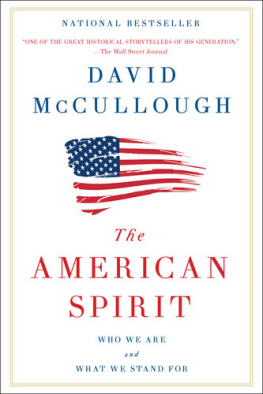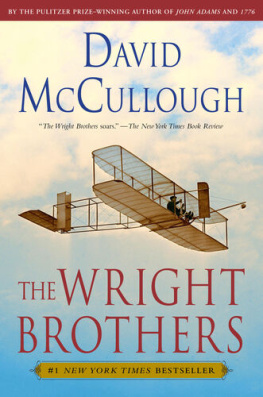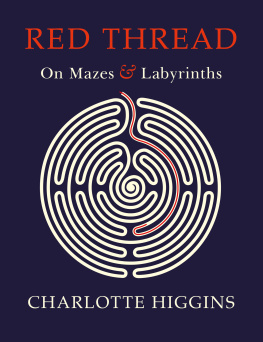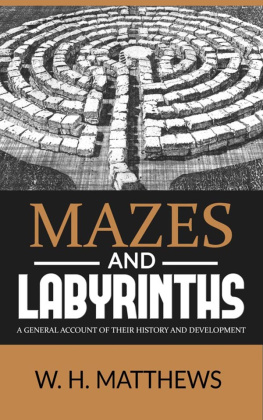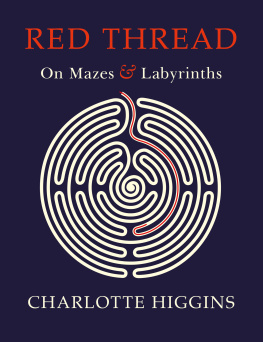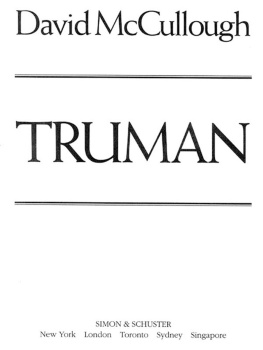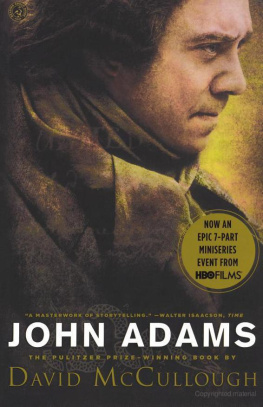

Table of Contents
FOR
ROSS FERLITO
AND
PETER HEIDTMANN
INTRODUCTION
Be Like the Fox...
EVEN THE NEWEST LABYRINTH HAS A PAST. Labyrinths are painted on the walls of ancient caves and carved onto Neolithic rock outcroppings. They appear in some of the oldest legends in lands as different as the Greek Isles and the American Southwest, but were also the stuff of myths even older than the stories as we now know them. They have represented the birth of a single child and the annual rebirth of an entire season, even of the earth itself. They have at different times symbolized the descent into hell and the fiery underworld, the ascent to the heavenly City of God and the more mundane route to Jerusalem. They have served as the hallmark of architects and may have been used as mathematical devices to calibrate a working lunar calendar.
The labyrinth has played a role in divine worship in cathedrals, and its more worldly cousin, the high-walled maze, has provided effective trysting spots for lovers in many a garden. The semantic difference between the words labyrinth and maze is a new one. For most of their histories the terms have been interchangeable. But the new distinctionwhich has yet to make it into some dictionariesis useful. Nowadays, a labyrinth is a single circuitous path that leads uninterrupted to a center, while a maze is a puzzle with many forks in the road that demand choices. More detailed distinctions will emerge later on in this book, but for now it is good enough to think in terms of the single-path, nonjudgmental labyrinth versus the tricky, perhaps entrapping maze. A labyrinth appears on one of the oldest minted coins, and it might be useful to think of the labyrinth and the maze as the heads and tails of a coin, the rather solemn labyrinth (heads, of course) and the raffish, devil-may-care maze. It would be a mistake not to consider them together. To maintain, as some have, that the maze is a frivolous distraction from a more serious subject is to miss the complexityand the ambiguityof a labyrinth. And it seems equally fruitless to debate whether the maze, as it is now defined, is a subdivision of labyrinths or if the labyrinth is actually just an especially tidy maze.
The names themselves, divorced from any particular image, play active roles in our everyday vocabulary as synonyms for chaos, disorder and confusion. The New York Public Library computer lists 344 titles that contain the word labyrinth, 204 with maze. (The cautious librarian who so helpfully provided these figures, however, insisted that I warn you that some may be different editions of the same books.) Almost none of them deal with the subject of this book; they range, instead, from modern political history (The Turkish Labyrinth) to medical studies of the inner ear. Mountain climbers call alpine ice fields labyrinths. A cab driver threading his way to a midtown railroad station complains about the maze of one-way streets. A New York Times headline reads, The Labyrinthine Morass of Spying in the Cold War. What editorial writer commenting on cities or city government could survive without the words, usually accompanied by the adjective bureaucratic? Everyone knows what those words mean, even when they are wrong.
But the labyrinth is one of mankinds oldest artistic creations, an image drawn or carved or scratched by a human hand that does not copy something seen in nature. It is one of the first images maybe the firstto be inspired by the human imagination. And very early in its history, the image and the name both became closely associated with that most human of creations, the city. Throughout its long history, the labyrinth (and later the maze) has been associated either symbolically or actually with many different ideas or concepts, but the connection with the city is almost always there.
Over the centuries, the seductive image of the labyrinth has become a glorious magpies nest that can be stolen or borrowed or adapted for almost any purpose. The claims are staggering. A labyrinth can induce pregnancy, revive virility, ease childbirth, cure cancer, restore eyesight, heal the lame, free souls from purgatory. You can win the hand of a beautiful girl by running the path faster than any other boy in town. You can learn the wisdom of King Solomon by decoding its meaning. Its an athletic field. Its a dance floor, a place to thresh grain, a sacrificial site. The diameter of the labyrinth in Chartres Cathedral is one-millionth the diameter of the earth exactly (or is it one-billionth?), and in its geometry are hidden the secrets of the universes building blocks. All this is worth hearing because it has all been so devoutly believed. We can only ask, What is there about this image that inspires such belief?
The end of the twentieth century saw a great revival of interest in labyrinths and mazes. (Jeff Saward, a British labyrinth expert, has pointed out that the same thing happened at the end of the nineteenth.) On a practical level, the maze crazethe building of puzzle mazes as tourist attractions and the carving of cornfields into maize mazeshas saved many stately homes in England and family farms in North America from falling into financial ruin. Spiritually, the discovery, or rediscovery, of the labyrinth as an aid to meditation has had a profound effect. Religious institutions from the so-called New Age to the profoundly conservative have installed permanent or temporary labyrinths for their worshippers. And like the stately homes that added a maze or two to draw a paying crowd, churches are finding new visitors (some of whom join as members) walking their paths. Medical facilities are the new growth sectors, with hospitals and clinics adding labyrinths for their patients, their patients families and the medical staff itself. Lap-sized labyrinths made of wood, plastic or just an image printed on cloth or a piece of paper are now common sights at bedsides, where patients follow the ancient pathways with their fingers to seek the peace and comfort some walkers find. And the trendiest health spas now often have labyrinths on their well-manicured grounds.
I should make a personal statement concerning how I feel about labyrinths. I have walked hundreds of them in France, Britain and the United States, ones in cathedrals, fields, public parks, woods, playgrounds, Renaissance fairs, backyards, just about anywhere. They have been made of stone or turf or brick or canvas, been lined with hedges or marked out with chalk, flags, seashells, tree stumps, masking tape oronceChristmas tree lights. I have never had a profound flash of insight or a Saul-on-the-road-to-Damascus revelation, as some have reported. I have never been cured of any medical affliction. Yet I believe that walking a full-sized medieval or Chartres Cathedralstyle labyrinth can be a deeply moving experience, that it can have a truly calming effect and that every now and then, it can be an occasion of joy. The happy moments need not be profound. I once found myself happily remembering the stations not of the cross, but of stops on a suburban railway line. I have sensed that the way to the center can be introspective and the way out as upbeat as what I imagine the way back from the cemetery must be like at a New Orleans jazz funeral. Sometimes, that is, not always. With me, what is triggered most often by walking those twisting, curving paths is memory, good memories and bad ones, and now and then a sense of moving through a design as old as the human imagination, one thats blessedly free of dogma and judgment.
Next page

